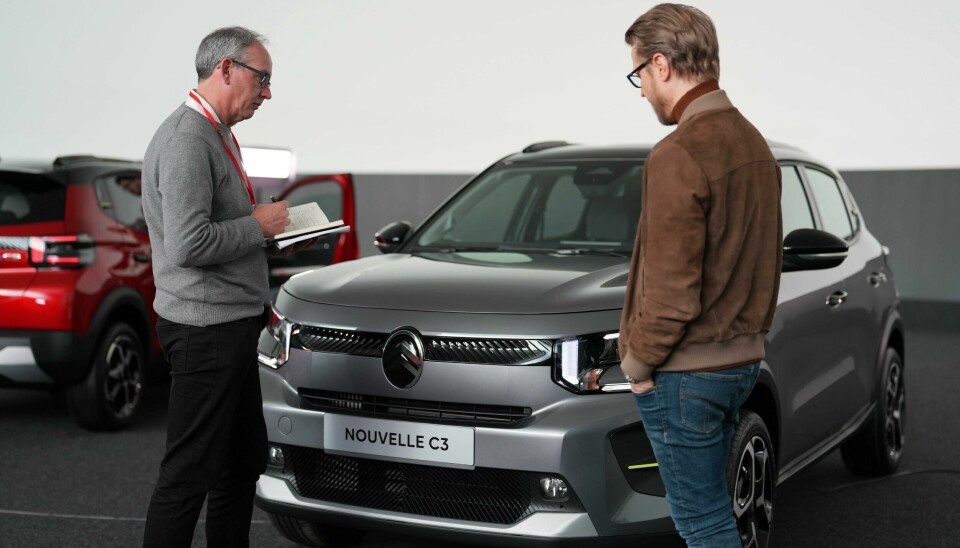
C3 angles Citroën towards new design future
Citroën is introducing a new design language with its latest generation C3. Mark Smyth takes a look at the new model with the designers behind it.
Citroën has always been about innovation in design, technology and engineering. Mention the French brand and many will think of the beautiful DS, the hydro suspension of the GS or the boisterous reputation of the Saxo. The latter was replaced in 2002 by the C3, a popular small hatchback that also gave us quirky models like the C3 Pluriel and in the outgoing generation, the C3 Aircross.
One thing all of these models had in common was curves, but all that changes with the introduction of the new C3 and the battery-electric e-C3. Citroën’s new design language features more geometric shapes and angles, and to get some insight into how this radical change still reflects the brand, CDN spoke to the team at the Stellantis design centre in Paris.
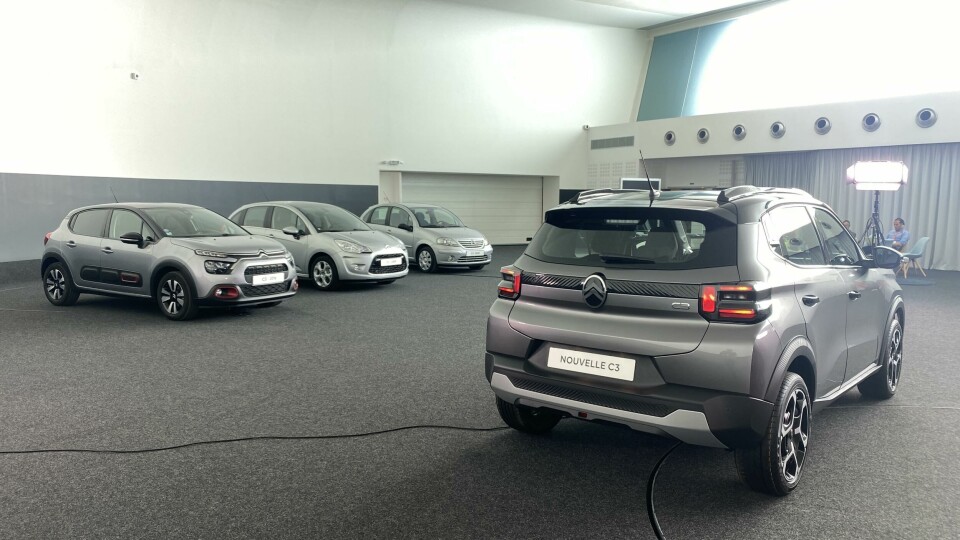
The new fourth generation shares the same wheelbase as the old model but is 19mm longer and 6mm wider. The main change is a move into crossover design, something heralded by the former C3 Aircross, with the new C3 28mm higher and boasting 163mm of ground clearance.
It is the first model to feature a new Citroën logo, too, the famous double chevrons being more vertical and more prominent than before.
“The logo will be a very prominent design feature of future Citroëns,” says Boris Reinmöller, design project manager at Citroën. “Then the three spots of the DRLs are something we’re going to develop in different ways for future cars.”
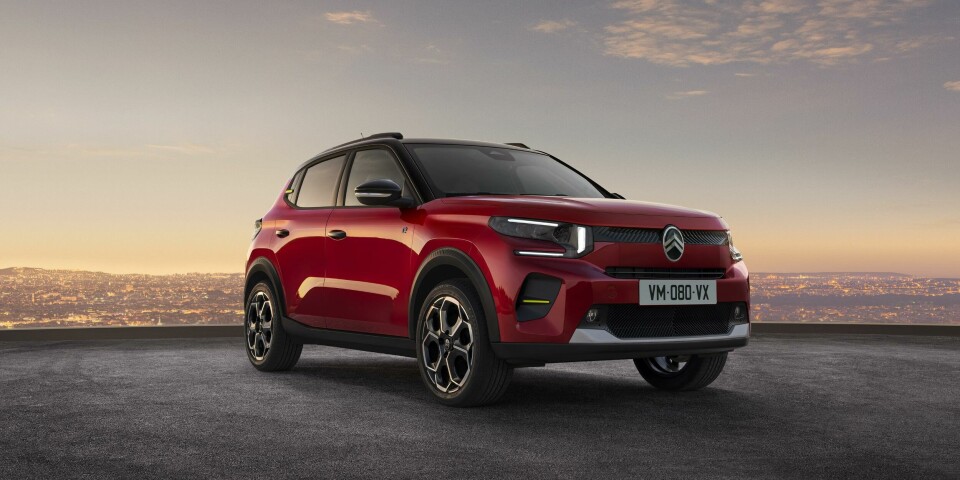
While the vertical and horizontal elements of the new DRL signature showcase the obvious new face of the C3, some parts of the design require a much closer look. Then you will find other chevrons are hidden in plain sight, something that we first saw on the Oli concept. They are visible in the chin, rear tailgate strip and the plastic cladding of the wheel arches.
Beyond the chevrons, there is another element that allows for personalisation. At the front around the fog lamps as well as on the c-pillar are narrow strips than can be ordered by customers in various colours. They can feature a range of designs too, such as flags or logos and can be changed using a simple tool.
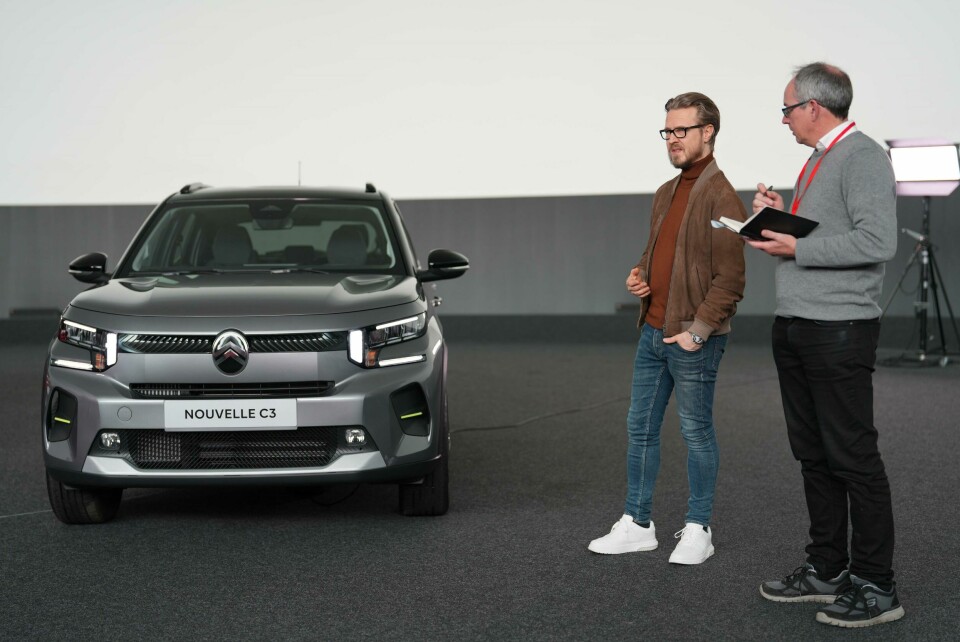
The idea was for these elements to add character rather than just be useless features, but exterior designer Sylvain Henry told CDN that they provide some French humour to contrast with the quality, technology and comfort of the new C3.
Contrast is a major theme throughout the design of the new model. Reinmöller says that Citroën design director, Pierre Leclercq, was adamant that while there should be sculpting to some areas, functional elements should be clean and precise, such as the front and rear LED lights.
“We wanted to be as liquid as possible in the surfacing, more structured than the outgoing model,” says Reinmöller. “The sculptural work on the surfaces is very important to us to provide a deliberate feeling in contrast to the black parts that are more sharply designed, more horizontal, more vertical and very technically conceived. And this contrast as you walk around the car gives it a bit of tension.”
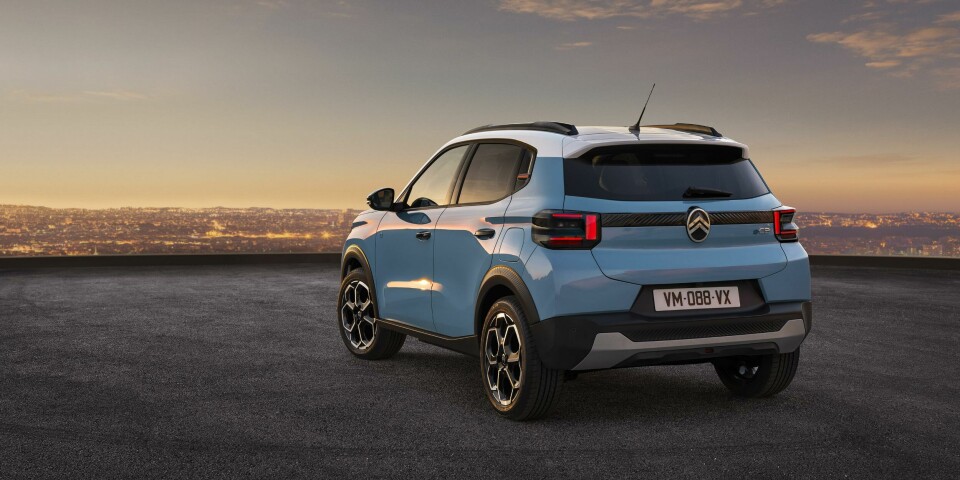
That juxtaposition between soft and hard design points carries through to the interior. Here one of the main aims was to combine comfort with minimal distraction into what the team call the C-Zen lounge. There’s certainly a calmness to the almost symmetrical IP where the soft and hard contrasts are present in the mixture of metal-like surfaces, plastics and fabrics.
Buttons in the centre stack operate some key elements, but it is the 10.2-inch touchscreen rising from the mid-point of the IP that does most of the work. An interesting piece of technology is the instrument panel. At first glance it appears to just be a normal horizontal digital panel, but it is in fact a head-up display. The graphics are projected onto glass from the IP top pad but it’s unlikely many owners will ever realise this very discrete piece of tech is even there.
They are more likely to notice the interior Easter Eggs though, again some hidden and some more obvious. CMF designer, Chie Yanagisawa, pointed out the so-called ‘Happy Tags’ on the door pulls, suggesting the occupants ‘Be Cool’, ‘Have fun’, Be Happy’ or ‘Feel Good’. Chevrons are discretely integrated into the 3D-knit sofa fabric across the lower layer of the IP on higher grade models. There will be more surprises in the final production model too, including an engraved series of graphics inside the glove box cover featuring Citroëns of the past century.
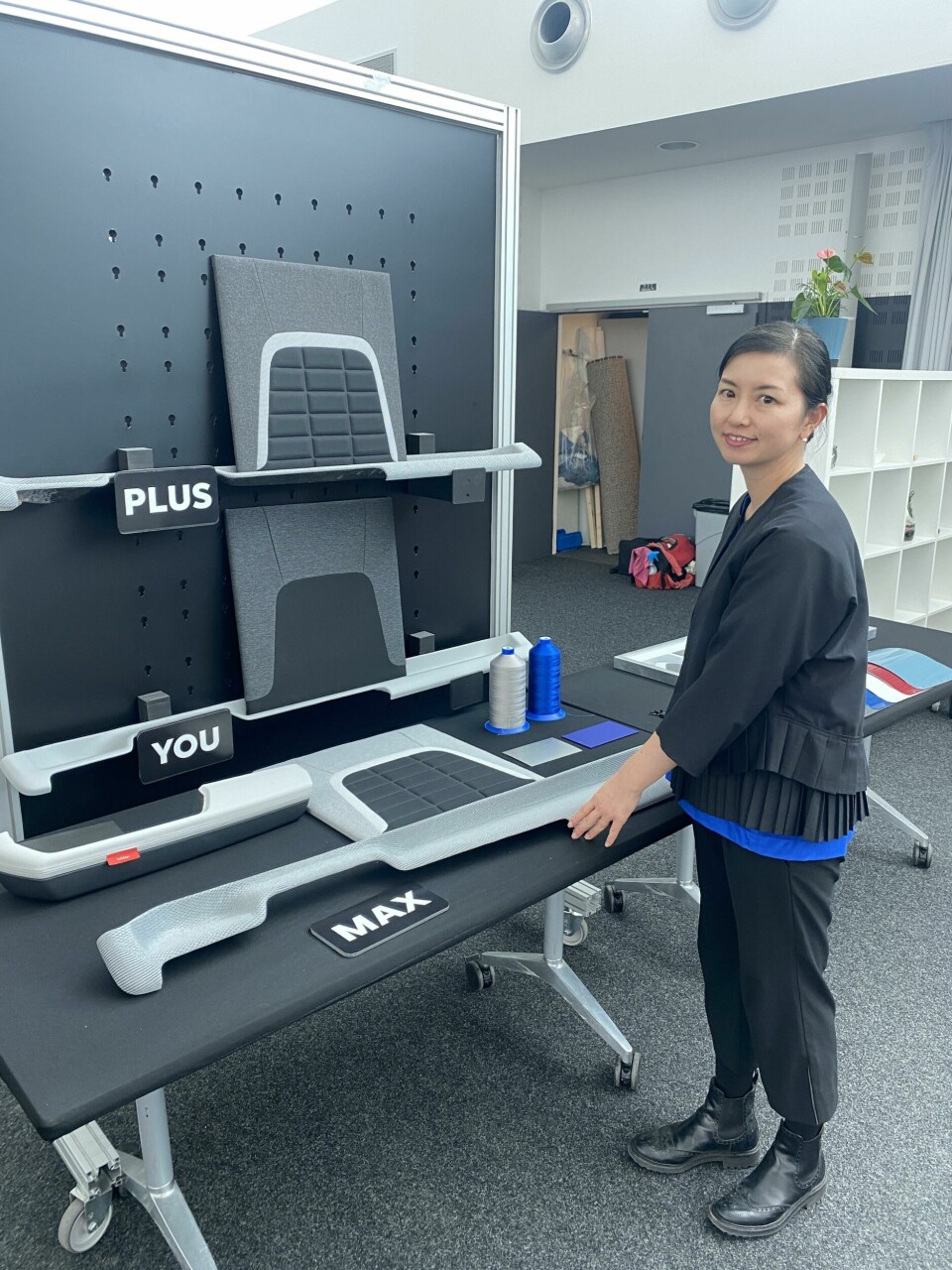
It all injects some fun and character into the interior design, but Yanagisawa explained that there is a focus on comfort too. The seats feature 8mm thicker padding than other Citroën models and there’s a “huggable scarf” u-shape to the seat uppers which is available on certain grades, offered in contrasting colours to the centre panel with its chocolate block styling.
Sustainability is top of mind at the moment, but the new C3 doesn’t feature any recycled materials. Instead, Yanagisawa says they have tried to be very efficient with the materials they have used. This includes choosing to incorporate designs into plastic rather than add layers of paint, such as the chevrons on the wheel arches.
“The smart way to use plastic in the future is that if you remove the paint you make it even more sustainable,” says Véronique Favia, head of CMF design at Citroën. “You then avoid having too many layers which are not needed anymore because it looks great with the designs in the plastic.”
Stellantis’ CMP platform provided the outline and proportions for the new Citroën C3, but the design team have turned what was once a straightforward city car into a more characterful crossover. Reinmöller says they wanted to get away from the “cutish” look of the previous generations and they haven’t taken any risks with the move to the increasingly popular crossover genre. However, where contrast seems to be a strong theme, the injection of fun in many of the exterior and interior elements is definitely endearing.
Of the two French siblings, Peugeot is leading the way when it comes to design language, but the C3 marks a new era for Citroën. It’s one that the team are noticeably excited about, spurred on by the great reception for the Oli concept. How the new design will translate into future models will be interesting to see, but for now it’s easy to perceive the new C3 as the start of Citroën’s revolution.















